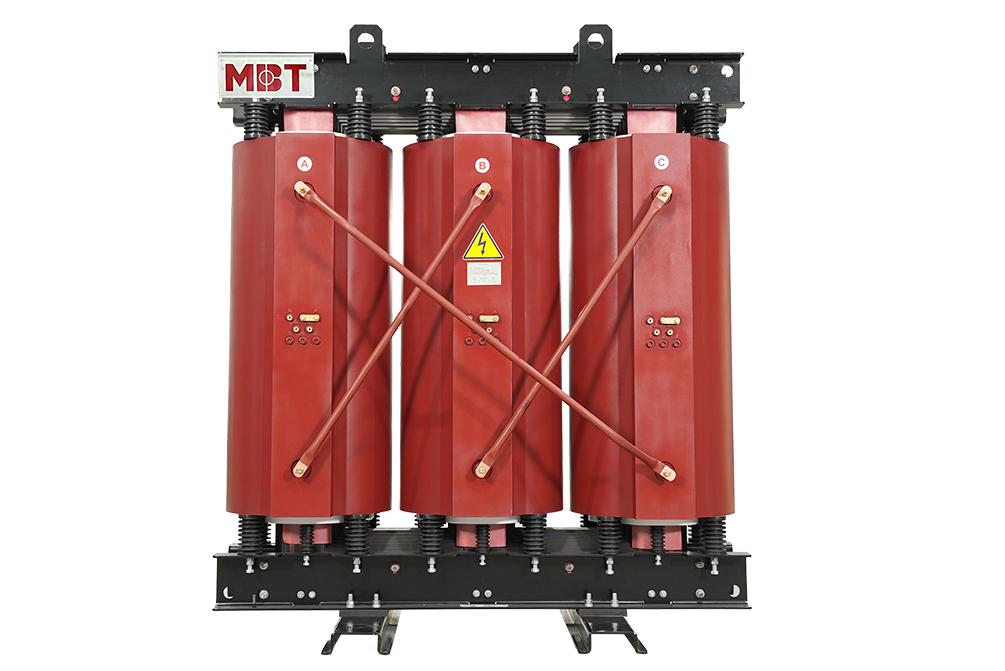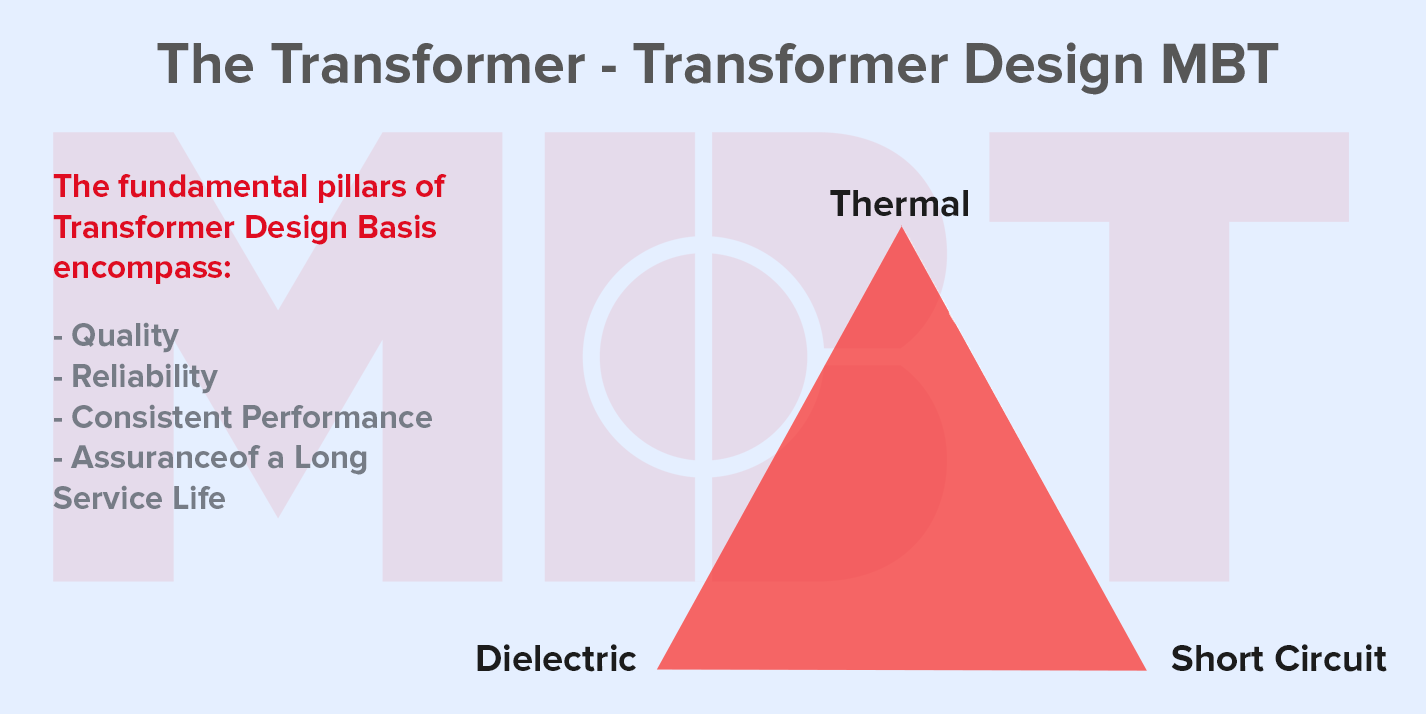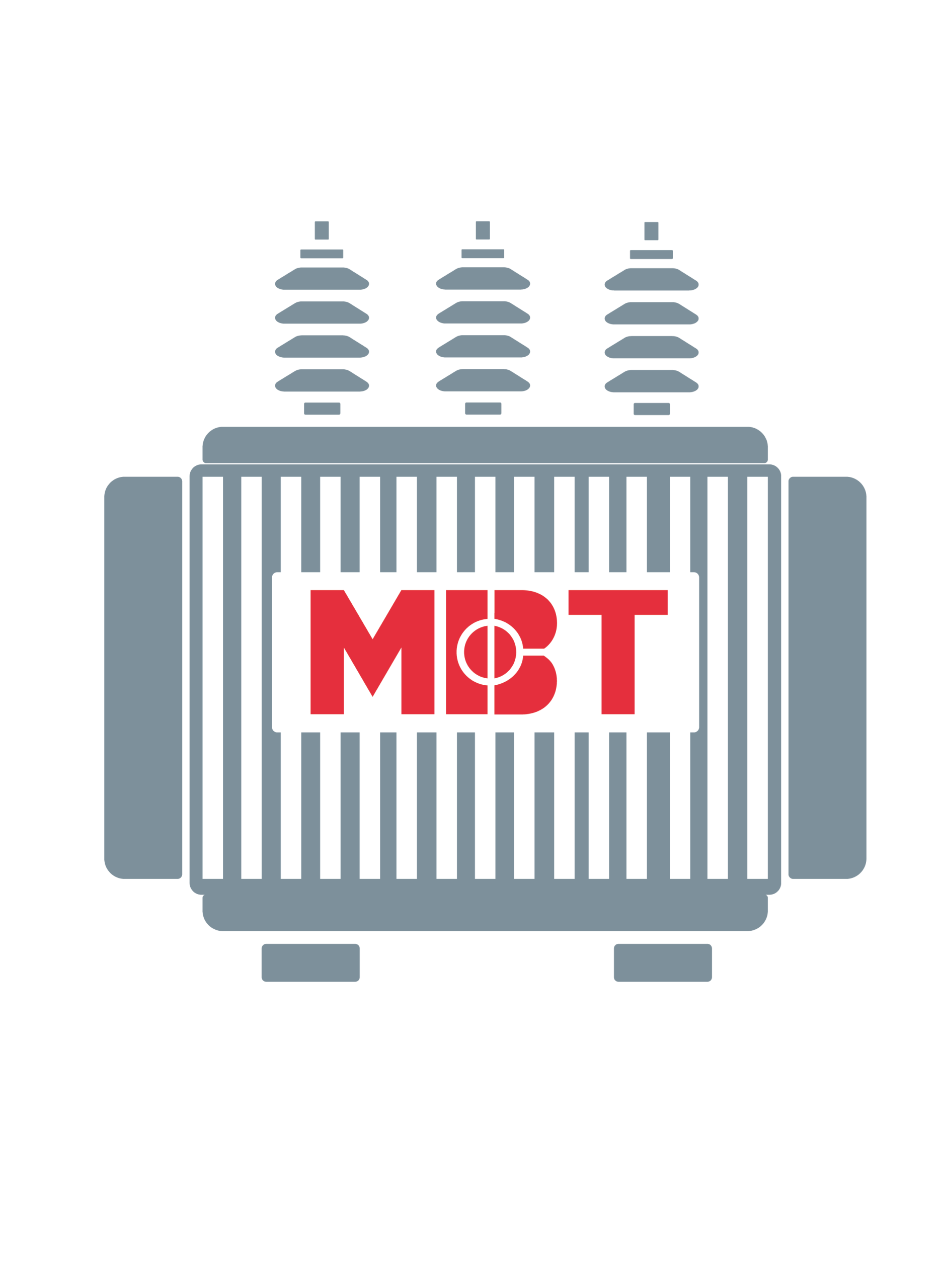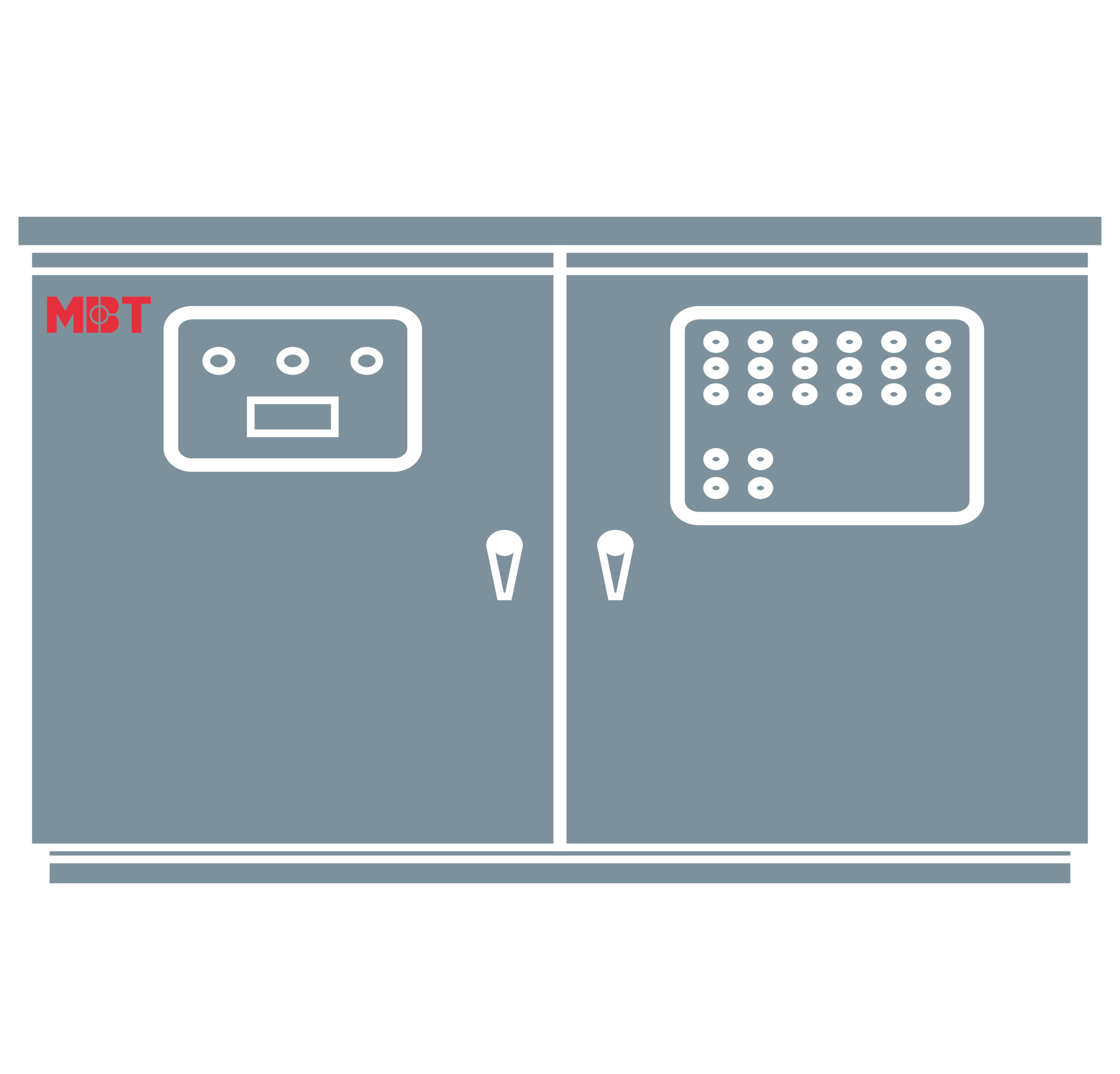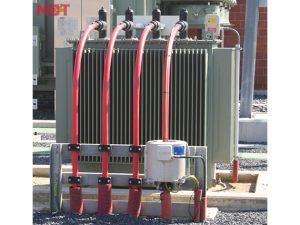
What is grounding transformer - MBT transformer
What is a grounding transformer? Definition, types, and purpose
The grounding transformer is an important part of the transformer substation. Let join with MBT team to find the detail of this machine.
Table of content:
1. Grounding transformer definition
2. Types of grounding transformer
3. Purpose of using grounding transformer
1. Grounding transformer definition
A grounding transformer has another name that is the earthing transformer. The grounding transformer belongs to the auxiliary transformer used in three-phase electric power systems in order to provide a ground path to either an ungrounded wye or a delta-connected system. It is a part of an earthing system of the network. By providing a return path for current to a neutral, they let three-phase (delta connected) systems accommodate phase-to-neutral loads.
2. Types of grounding transformer
Normally, two types of configuration can make a grounding transformer: a zig-zag (Zn)-connected winding (with or without an auxiliary winding) or a wye (Ynd)-connected winding (with a delta-connected secondary that may or may not be used to supply auxiliary power). Currently, the wind farm designs trend to the wye-connected primary with a delta secondary. Based on our experience, the 2-winding wye-connected grounding transformers are seemingly more popular than zig-zag designs due to several reasons:
These include
-
2-winding transformers seem to be more readily available for replacement or upgrade, though not actually the case.
-
The design basics required for the zig-zag configuration are not very common, so the lack of familiarity means designers tend to fall back on the more familiar configuration that is 2-winding transformers.
-
The wye-connected 2-winding design allows for secondary loading and metering while zig-zag designs do not have convenient functions like that.
-
For some reason, not all manufacturers provide zig-zag grounding options to their customers, even those for whom that configuration may be most appropriate.
3. Purpose of using grounding transformer
-
The grounding transformer is used to provide a path to an ungrounded system or when the system neutral is not available for some reason. For example, when a system is a delta connected. It provides a low impedance path to the neutral and also limits the transient overvoltage when the ground faults occur in the system. The grounding of the system can be done in the following way.
-
By using a delta-star grounding transformer.
-
By using a zig-zag grounding transformer.
In general, there are 4 purposes of using a grounding transformer:
-
Provide a relatively low-impedance path to ground, therefore maintaining the system neutral at or near ground potential.
-
Limit the magnitude of transient overvoltages when restriking ground faults occur.
-
Provide a source of ground-fault current during line-to-ground faults.
-
Permit the connection of phase-to-neutral loads when desired.
MBT transformer is a manufacturer in Vietnam specialising in manufacturing and supplying distribution transformer, electrical cabinet, substation,… which get international standard like ISO 9001, IEC 60076, ISO 14001. Please contact us to get the quotation for your products : info@mbt.vn or +84 913006538.






